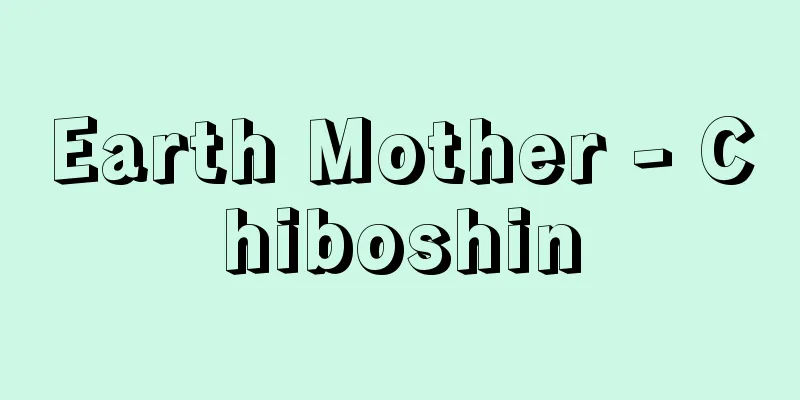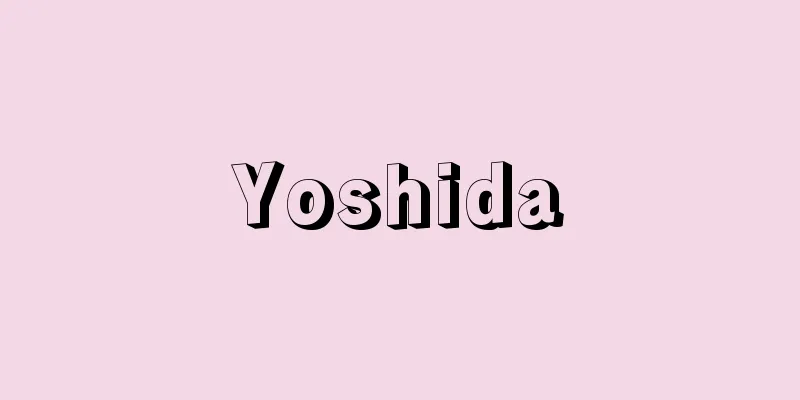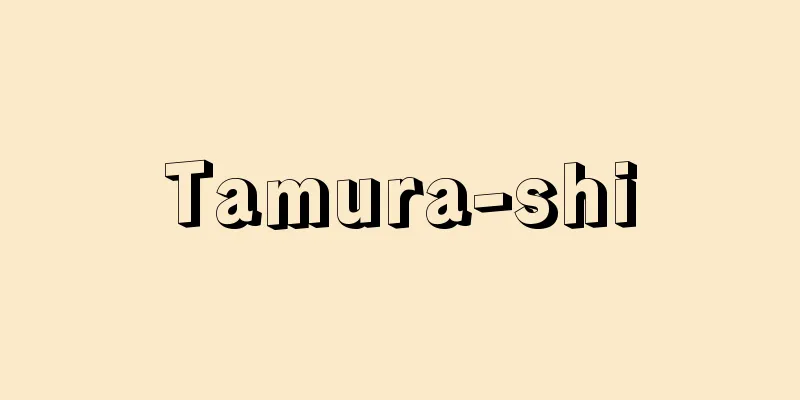Earth Mother - Chiboshin

|
A goddess who personifies the fertility, creation, and fertility of the earth. Its origins are said to date back to the Aurignacian period (late Paleolithic period) when Venus statues were carved from ivory, bone, and stone, and there are many goddesses from ancient civilizations, such as Inanna in Sumer, Ishtar (Astarte) of the Semites, Anahita in Persia, Isis in Egypt, Ge and Rhea in Greece, Parvati and Kali in India, and Coatlicue in Mexico. The worship and rituals of these goddesses spread in particular in connection with agricultural culture, but the Cretan mountain mother goddess, Anahita, Cybele, Ishtar, and Artemis are considered guardian deities of wild animals because they retain elements from the original hunting era. In addition, these goddesses often accompanied young male gods as the source of their fertility, such as Ishtar and Tammuz, and Cybele and Attis. As a result, rituals for this god include sexual union with a young male god and blood sacrifices to symbolize his death. The Earth Mother Goddess sometimes marries a male god who personifies the sky, known as Heavenly Father. An example of this is the belief in the Chinese goddess of heaven and earth, but similar beliefs can also be found in Polynesia, North American Indians, and Africa. Earth Mother Goddesses are also often associated with rites for the dead and the underworld, likely because the earth was considered a place of rest and comfort for the dead. [Ken Matsumae] "Momotaro's Mother" by Eiichiro Ishida (1956, Hosei University Press)" ▽ "Earth, Agriculture, and Women" by Eliade, translated by Ichiro Hori (1968, Miraisha)" ▽ "Introduction to Mythology" by Taryo Obayashi (Chuko Shinsho) Source: Shogakukan Encyclopedia Nipponica About Encyclopedia Nipponica Information | Legend |
|
大地の豊饒(ほうじょう)、生成、繁殖力を人格化した女神。その源流は、オーリニャック期(旧石器時代末期)の象牙(ぞうげ)、骨、石などに彫られたいわゆるビーナス像にまでさかのぼるといわれ、古代文明の幾多の女神、たとえばシュメールのイナンナ、セム人のイシュタル(アシュタルテ)、ペルシアのアナヒタ、エジプトのイシス、ギリシアのゲーやレア、インドのパールバティーやカリー、メキシコのコアトリクエなどがいる。これら女神の崇拝および祭祀(さいし)はとくに農耕文化と結び付いて広まったが、クレタの山の母神をはじめ、アナヒタ、キベレ、イシュタル、アルテミスなどは、もとの狩猟時代の要素が残ったために野獣の守り神とされている。またイシュタルとタンムーズ、キベレとアッティスというように、往々にしてこれらの女神はその繁殖力の源泉として若い男神を従えていた。そのため、祭祀は若い男神との性的結合やその死を象徴する流血供犠などを伴う。この大地の母神の結婚相手としては、ときに天空を人格化した男神、つまり天父(てんぷ)が登場する。中国の皇天后土(こうてんこうど)の信仰などもその例であるが、同様なものはポリネシア、北アメリカのインディアン、アフリカなどにもみられる。また地母神は、とかく死者祭祀や冥府(めいふ)と結び付くことが多いが、これは大地を死者の安住、休息の場と考えたことによるものであろう。 [松前 健] 『石田英一郎著『桃太郎の母』(1956・法政大学出版局)』▽『エリアーデ著、堀一郎訳『大地・農耕・女性』(1968・未来社)』▽『大林太良著『神話学入門』(中公新書)』 出典 小学館 日本大百科全書(ニッポニカ)日本大百科全書(ニッポニカ)について 情報 | 凡例 |
<<: Tikhonov, Nikolai Semënovich
>>: The Thibaults - The Thibaults
Recommend
A pilgrimage to Ise Grand Shrine - Ise Grand Shrine
This is a record of the visit made by Saka Jubutsu...
Ooamana - Ooamana
...The flowers are mostly white, with thick petal...
Laelia cinnabarina (English spelling)
…Run [Koichi Ejiri]. . . *Some of the terminology...
Forqueray, JBA (English)
...By the second half of the 17th century, the tr...
Very, J. (English spelling) VeryJ
…Transcendentalism, transcendentalism. After the ...
Elsmere, L.
…However, by the 16th century, the jurisdiction o...
Lancang River - Lancang
A river that flows through southwestern China, th...
Kinko Bay - Kinkowan
(Kagoshima Prefecture) A tourist attraction design...
Gampi (Caryophyllaceae) - Gampi
... Many species of the Agrostemma family have be...
Golding, William (Gerald)
Born: September 19, 1911, near Newquay, Cornwall [...
Jackson's chameleon
A lizard of the Chamaeleonidae family in the repti...
Guardian's Office - Shugosho
Locations of Shugokan from the Kamakura to Muromac...
Edo Komon - Edokomon
The name Edo Komon was coined in 1952 (Showa 27) ...
Arago
French astronomer and physicist. In 1805, he worke...
The Hagi Rebellion
In 1876 (Meiji 9), disgruntled samurai led by Mae...









